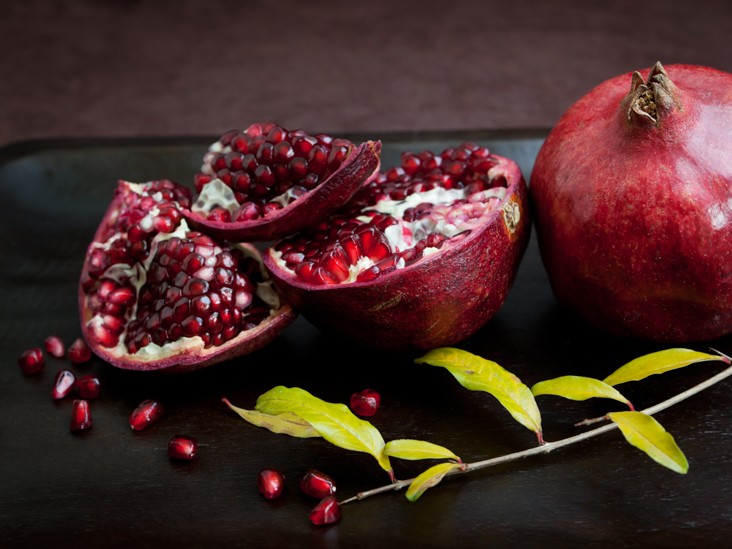Granada is the city of the pomegranate…or is it?
It is pomegranate season in the northern hemisphere and, if you have spent any time in Granada, you will soon realise that this slightly grumpy-looking fruit is very much part of the city’s heritage.
Look at some of the beautiful painted pottery, and you will see a pomegranate is the main motif; look down and you’ll see pavement bollards are decorated with them, look up and you’ll see them hanging from the trees, especially in the Albaicín. Why? Because the city was thought to have been renamed after the fruit during the Moorish period and, now, it is Granada’s heraldic device (i.e. part of its coat of arms).
However, the origins of where Granada gets its name from are in fact not quite so straightforward. The word ‘pomegranate’ in English is said to derive from medieval Latin, from the words for apple and seeded and in old French the fruit was known as the ‘pomme-grenade’ but the name of the city doesn’t derive from ‘grenade’ at all but from the Arabic word Garnata, which is said to mean ‘Hill of Strangers’. The original settlement was on the plain and therefore difficult to protect, so in the 11th century, the Berber ruler moved his home to one of the hills beside the Darro and the city that we now know was born. So, though the fruit is a wondrous image to have at the heart of a city’s identity, it is not the heart of its name!



